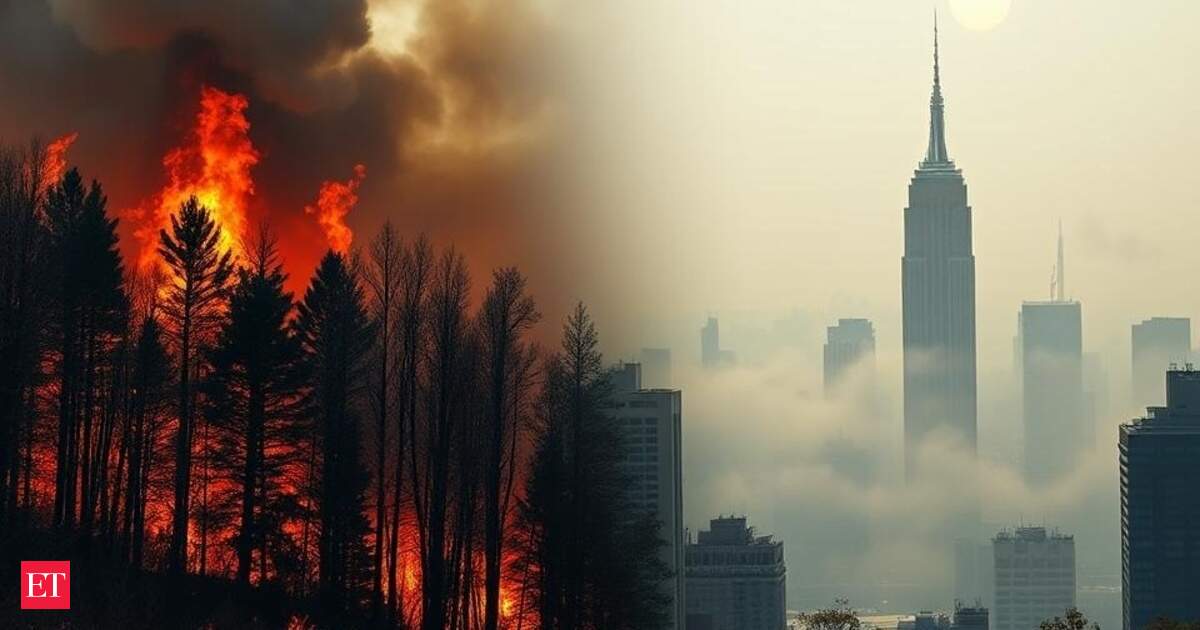Smoke drifting south from wildfires in Central Canada has triggered air quality alerts across the Northeastern United States. On Saturday, July 26, both New Hampshire and New York declared air quality action days, warning that conditions could be unhealthy, especially for sensitive groups.
In New Hampshire, the Department of Environmental Services issued the alert after detecting elevated smoke levels. Clockwise wind circulation is pushing smoke from Canada’s wildfires into the state. According to David Healy, as quoted by 9 News, chief scientist at the Air Resources Division, this type of action day happens a few times each summer.
“When that type of thing happens, we need to inform the public that air quality could be unhealthy for certain groups,” Healy said.
 Live EventsState officials use data from monitoring stations to assess air conditions.
Live EventsState officials use data from monitoring stations to assess air conditions.
Once a threshold is reached, they issue forecasts and public advisories. Medical professionals have also been alerted, as hospitals tend to see a spike in respiratory complaints during poor air quality events.
Advisory for New York City and beyond
In New York, the state Department of Health issued a similar air quality health advisory on Saturday, covering New York City, Long Island, the Hudson Valley, and the Adirondacks. As per a CBS report, the Air Quality Index (AQI) is expected to range from 100 to 135, a level considered “unhealthy for sensitive groups.”
Officials are advising residents to avoid strenuous outdoor activity and keep windows closed. Air purifiers are also recommended if available.
The advisory comes amid a hot weekend and possible Sunday storms, which may affect how long the smoke lingers.
The alert is active from noon to midnight, but could be extended if conditions persist.
Smoke’s reach and health impact
Wildfires in Canada, particularly in British Columbia, have already burned over a million acres this season. The resulting smoke contains fine particles that can irritate the lungs and worsen asthma or heart disease.
The impact stretches from dense cities like Manhattan to quiet rural trails in the Adirondacks. The National Weather Service suggests seeking medical attention if symptoms like wheezing or shortness of breath worsen.
This is not the first time Canadian wildfire smoke has affected the region. In June 2023, similar events caused New York’s AQI to spike above 200, turning skies orange and prompting school closures.
This weekend’s situation is less severe but still a concern. Both New York and New Hampshire are drawing on past experiences to respond quickly and protect vulnerable populations.
